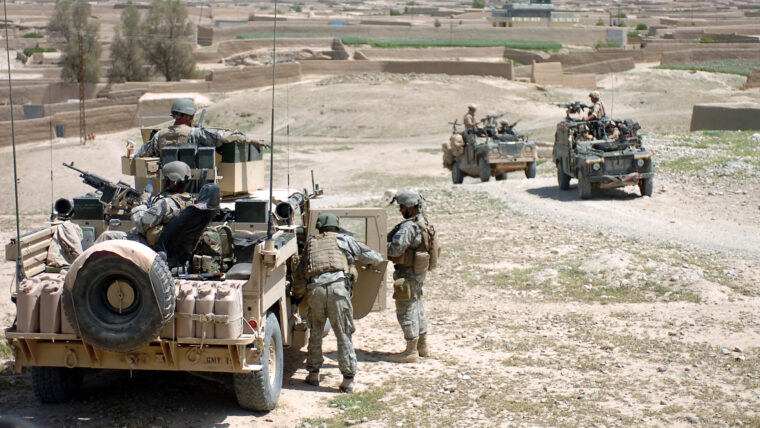
Winter 2011
WWII Quarterly, Editorial
A Nation at War
It has become my nightly habit to take a half-hour walk around my Denver neighborhood, during which time I have come to notice a number of homes displaying the American flag. Read more
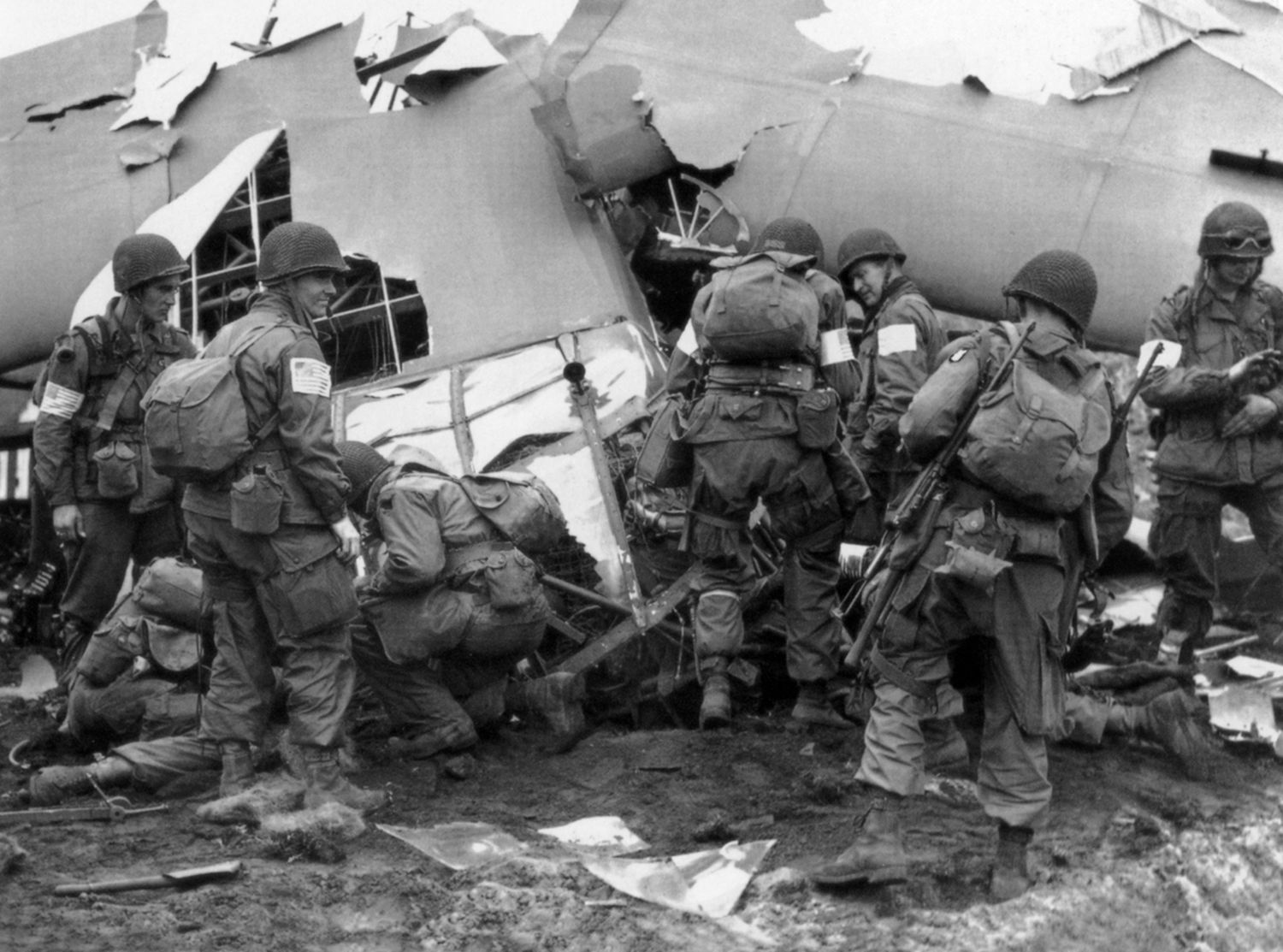
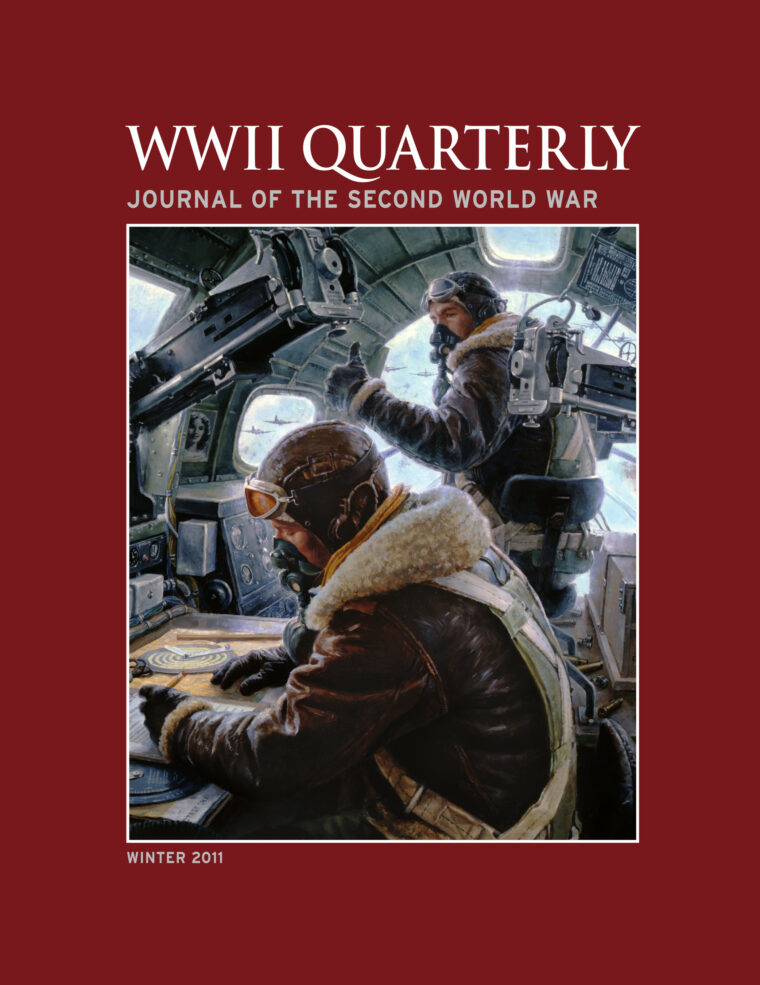
Volume 2, No. 2
COVER: Gil Cohen’s painting, Mission to Regensburg, captures the cramped quarters of a Boeing B-17. © Gil Cohen, Knightsbridge Press.

Winter 2011
WWII Quarterly, Editorial
It has become my nightly habit to take a half-hour walk around my Denver neighborhood, during which time I have come to notice a number of homes displaying the American flag. Read more
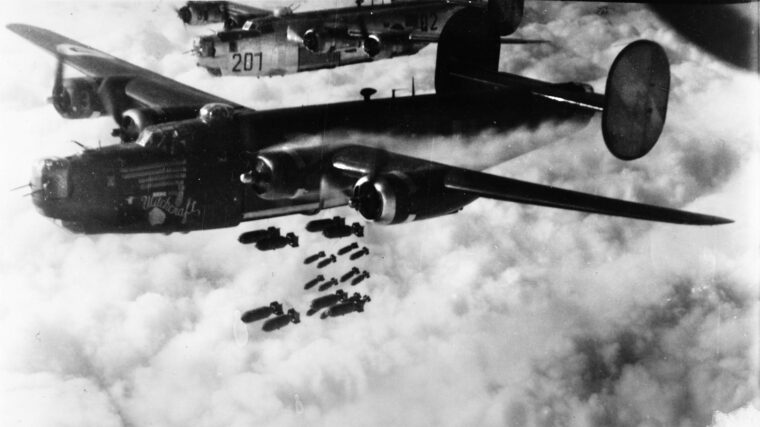
Winter 2011
WWII Quarterly, Personality
Ask a member of the 467th Bombardment Group whom they hated most and the answer won’t be Göring or Hitler. Read more
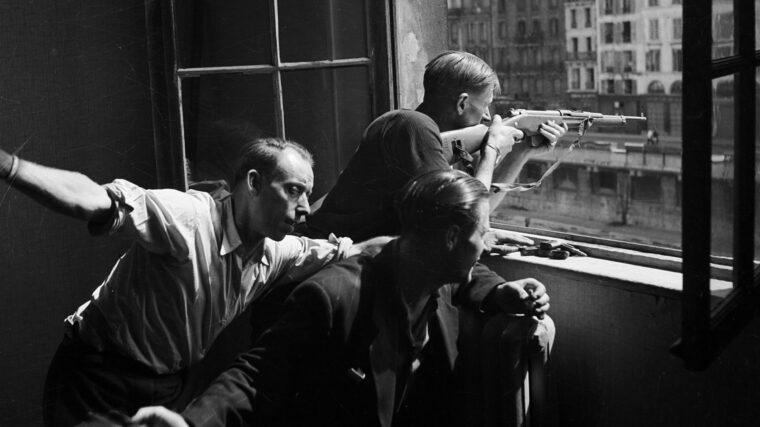
Winter 2011
WWII Quarterly
By the late summer of 1944, the Third Reich was almost surrounded. Two years earlier Adolf Hitler had ground 10 European countries under his heel along with vast expanses of North Africa and Soviet Russia. Read more
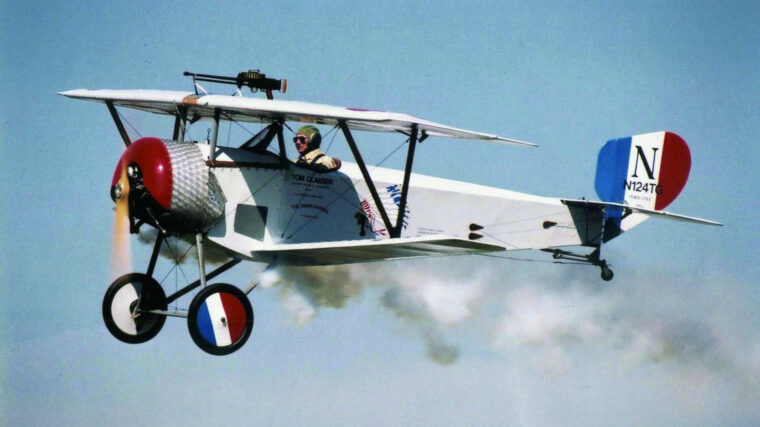
Winter 2011
WWII Quarterly, Museums
Wright-Patterson Air Force Base in Dayton, Ohio, is home to the National Museum of the United States Air Force––the oldest and largest aviation museum in the world. Read more
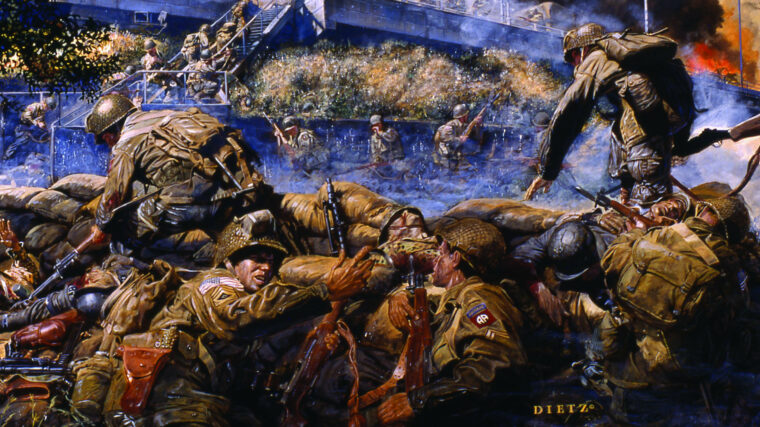
Winter 2011
WWII Quarterly
The city of Nijmegen, in the southeastern part of Holland and about six miles from the Dutch-German border, is believed to be Holland’s oldest city, going back some 2,000 years. Read more
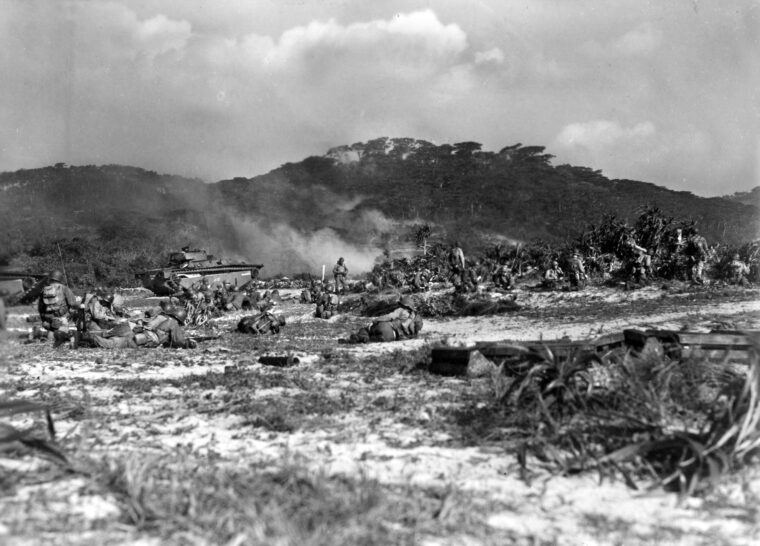
Winter 2011
WWII Quarterly
Close to the northern end of the island of Tokashiki, the largest member of a tiny group of islands called Kerama Retto, located 15 miles west of Okinawa and hardly 400 miles from the Japanese home islands, Corporal Alexander Roberts and the rest of the 306th Regimental Combat Team rested for the night beneath the starry skies of the northern Pacific. Read more
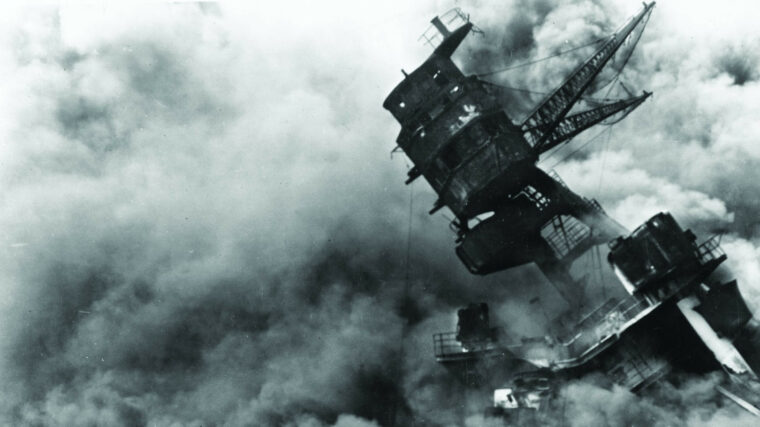
Winter 2011
WWII Quarterly
The Japanese strike on Pearl Harbor on December 7, 1941—a “Day of Infamy,” as President Franklin D. Roosevelt described it—left the American Pacific Fleet in almost total ruin, plunged the United States into World War II, and set off a controversy regarding the events that led up to the attack that is still being hotly debated. Read more
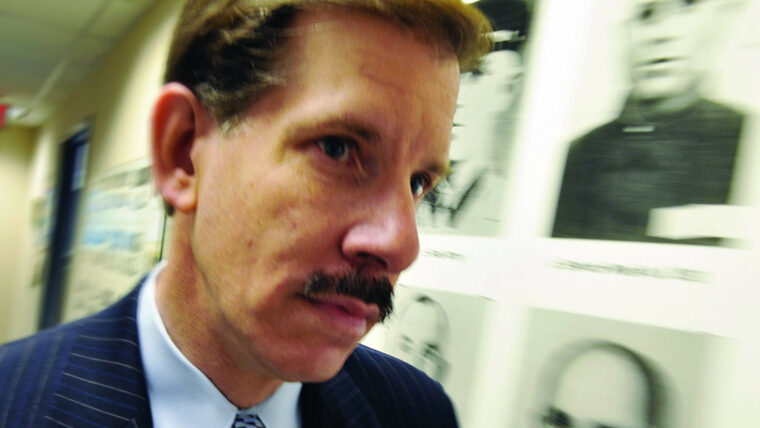
Winter 2011
WWII Quarterly
Crowded in front of the television in Eli Rosenbaum’s office, his staff was taken with a giddy anticipation not often found in employees of the United States Department of Justice. Read more
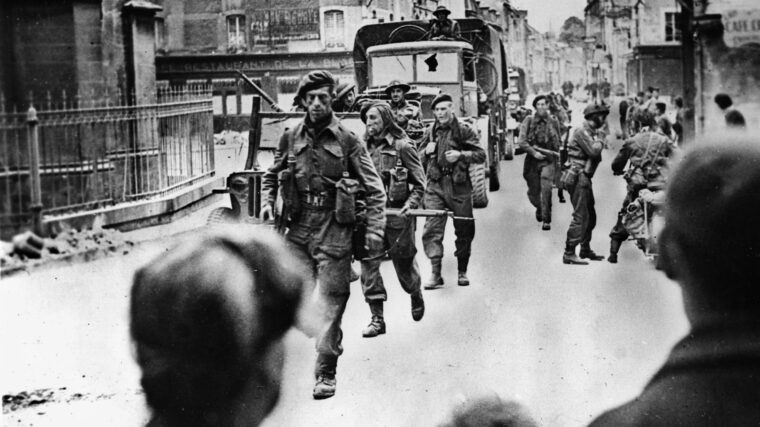
Winter 2011
WWII Quarterly
“The big day came and we moved off to our positions. Shortly a huge bombing raid commenced on the town of Wesel, followed by an artillery barrage which virtually shook the very ground under us. Read more
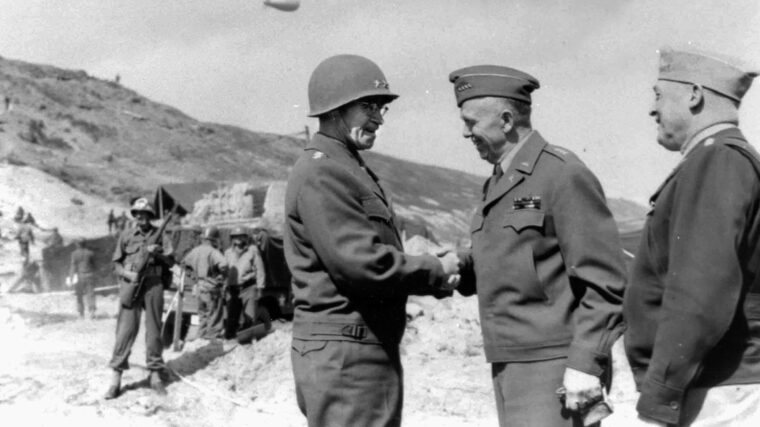
Winter 2011
WWII Quarterly
George Catlett Marshall was the greatest American military man of his age. If the United States Army had kicked off the 20th century with the specific intent of constructing a chief of staff to lead it to victory in World War II, it could not have done a better job than what chance provided in the triumphs and travails over the 40 years that molded George Marshall. Read more
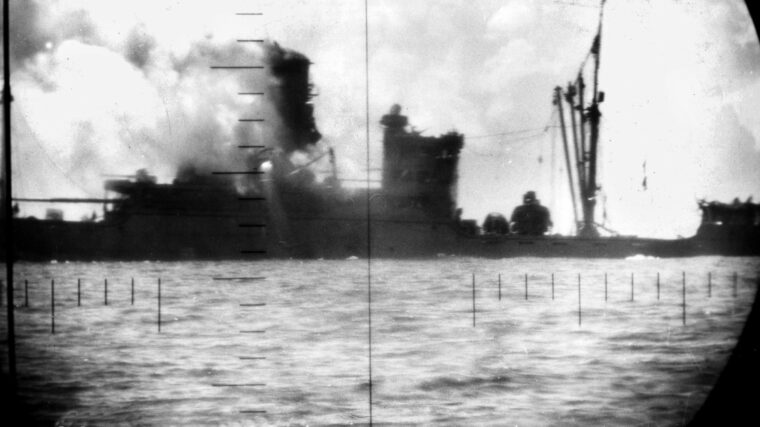
Winter 2011
WWII Quarterly
The early months of 1942 were dark days for the United States Asiatic Fleet. Much smaller than the Pacific Fleet, and equipped with mostly outdated surface ships, the fleet was in no way capable of winning a serious confrontation with the Imperial Japanese Navy. Read more
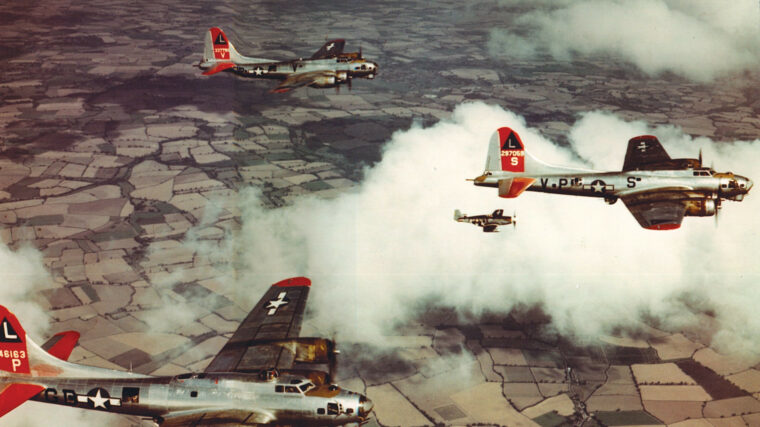
Winter 2011
WWII Quarterly
The Eighth Air Force—the “Mighty Eighth”—became the stuff of U.S. Air Force legend when its fleets of unprotected Boeing B-17 “Flying Fortress” heavy bombers flew massive air raids against the heavily guarded German industrial heartland during the period between the end of January through the middle of October 1943. Read more